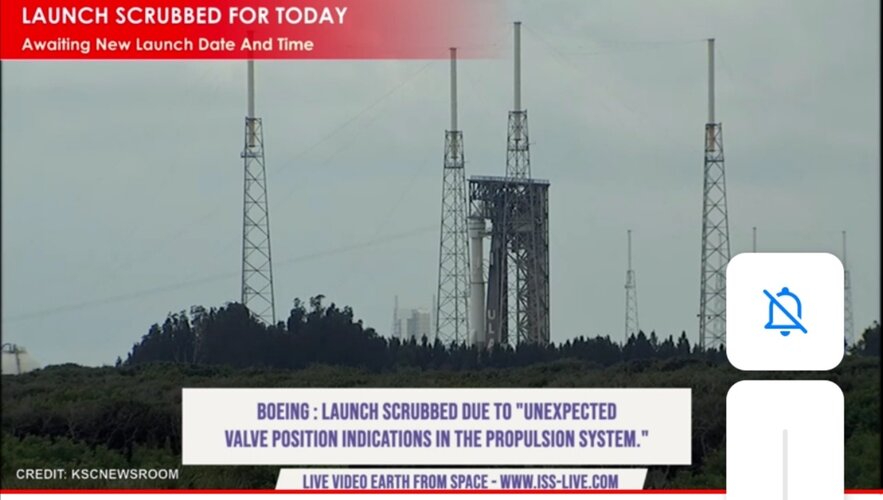- Joined
- 21 January 2015
- Messages
- 12,064
- Reaction score
- 16,128
View: https://twitter.com/free_space/status/1362178286395285506
Boeing Starliner OFT-2 target launch delayed from March 25 to April 2. "...replaced [Starliner] avionics units affected by a power surge [at KSC, unrelated to winter storm] during final checkouts." @BoeingSpace mentions but does not elaborate on impact from Houston power outages.















